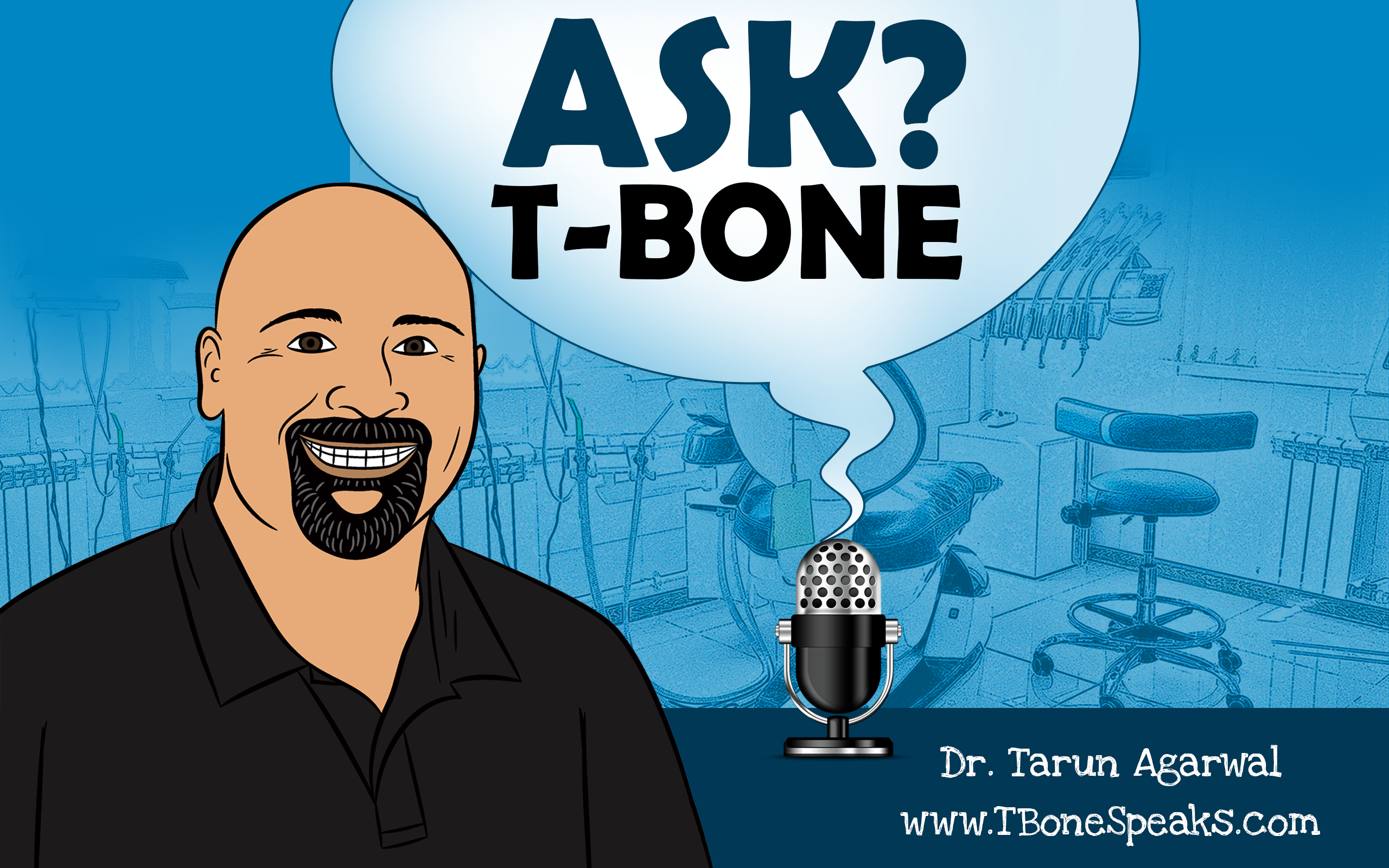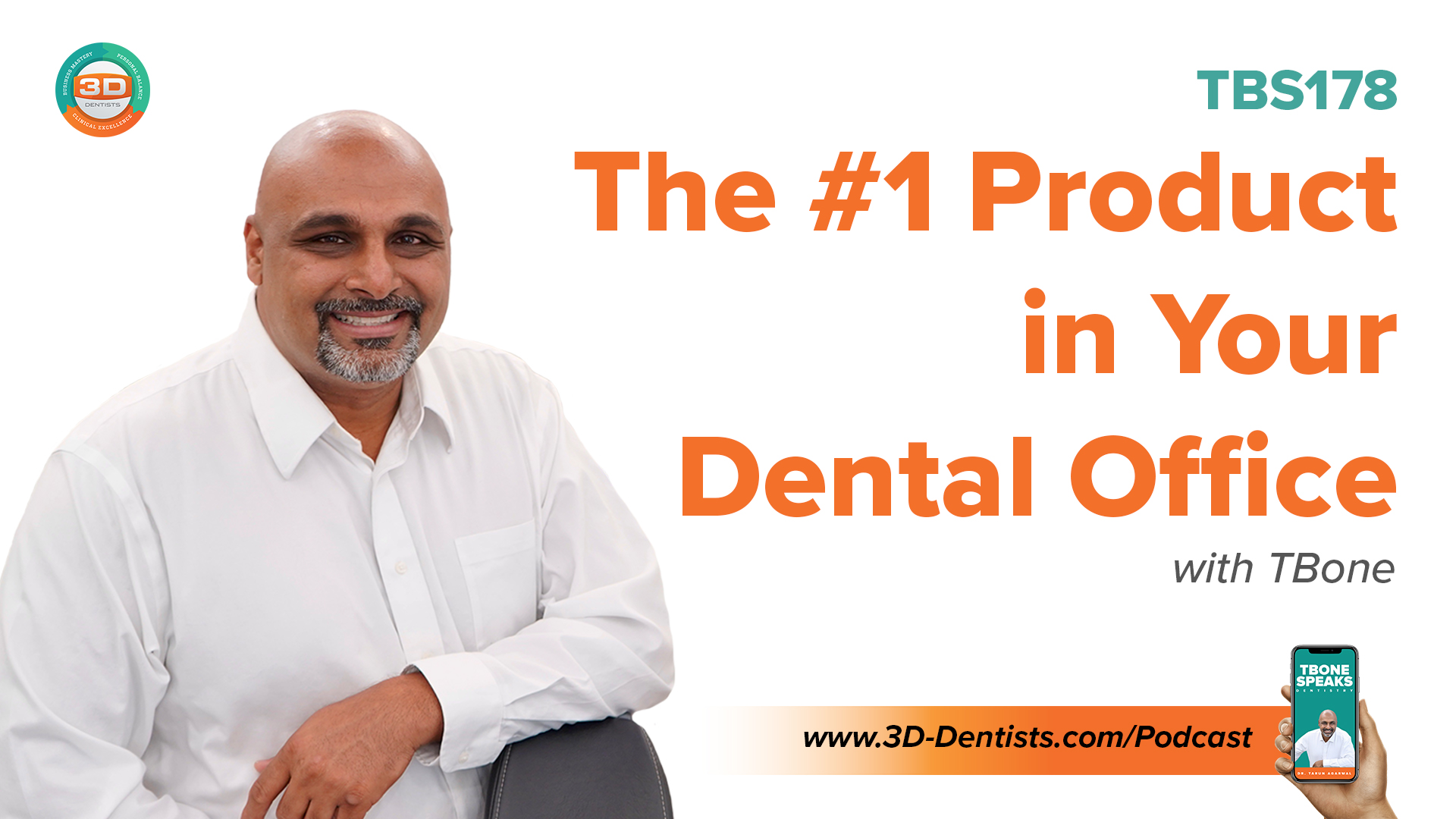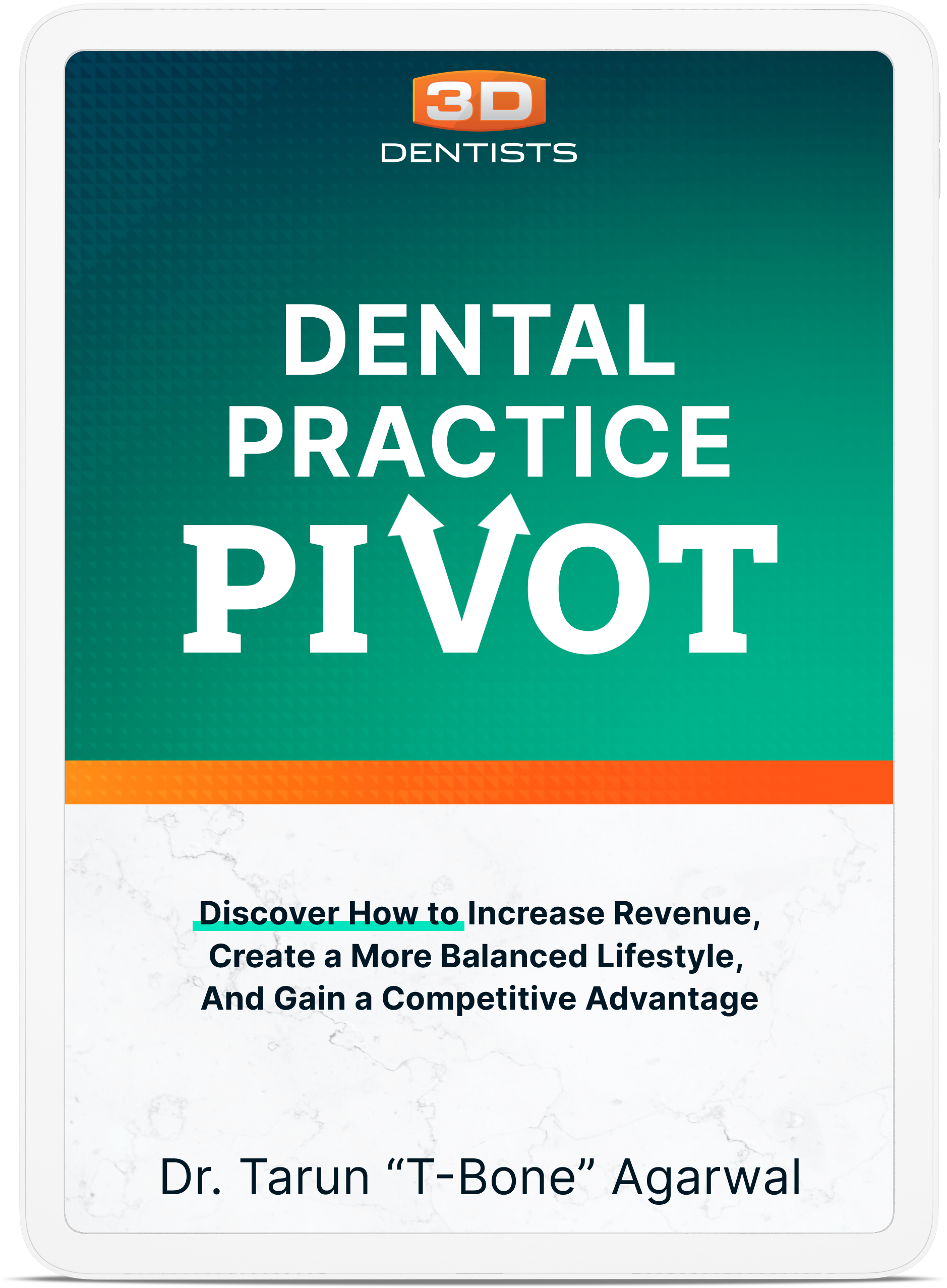Hello and welcome to another episode of Ask T-Bone!
Today we’ve been submitted a question in related to our flat fee implant episode. And the question reads:
Just listen to your short segment on flat fee implants as an in-network provider for PPO plans, how can you quote one flat fee when the fee may be different depending on the plan that the patient has?
It’s a good question and quite honestly there’s two different ways that you can handle this. But before we get into the two different ways to handle this, when I say flat fee implants, I want to clarify how we’re doing this. So, in a flat fee implant, that means it includes everything from A to Z that is for the implant that is done at the time of placement. So if we’re doing a bone graft at the time of placement, that’s part of the fee. If you require a pre-implant graft that’s a separate procedure. So I want to make sure that I clarify that. Also the next thing we have to realize is when where treatment planning this, and/or posting this to our charts, what codes are we going to be using. So for me we’re going to be using 4 codes:
Code number 1: Will be for the implant fixture itself.
Code number 2: Will be for a stock abutment.
Code number 3: Will be for the implant crown.
Code number 4: Will be for surgical guide.
Now, why stock abutment?
A stock abutment because we’re not using custom abutment. Because when we are able to place guided, we are able to do screw retained restorations about 90% of the time by knowing exactly where to placed the implant and threw a little finesse in our implant planning itself. And then we always use a surgical guide. So those 4 codes are always used. Now in the event that we actually do a bone graft, for example, we take a tooth out and there’s a gap we always grab that. For example, if we have to do it a minor internal sinus lift, we always grab that. If we have to do a little bit of lateral onlay grafting because there’s a few threads exposed, we will do a graph there, and in that situation will post a 5th code which is an implant bone graft at the time of implant placement, and will post that it’s a 0 fee within our dental practice management software. Now what we do is that we will go ahead and divide those 4 codes: the implant, the stock abutment, the implant crown and the surgical guide, and will give you that up to allow our fee to be whatever a flat rate is. In our example of flat rate for a posterior implant is $3,500, so generally speaking our fee for that is roughly $1,800 for the implant placement, roughly $500 for the stock abutment, roughly $1,000 for the implant crown and roughly $200 I believe that would be for the surgical guide. So I want to make sure that we understand that this form and codes and optional 5th code that will use and that we’re all clear on that.
Next, what I’d like to do is go into the two ways in which you can handle that. Now, in the beginning what I did to make it very simple for me and my team members, is that I simply posted those 4 codes and our fee was $3,500 or less. And by less that would be based on the allowable fees of the insurance company. So for example, if I remember correctly Metlife in our area was our allowable for that procedure was roughly $3,200. $3100 actually between the implant, the stock abutment and the implant crown. And then so, our fees will be a little bit less on the implant patients for the PPO fees. Now what we’re doing today is that we are actually finding that none of the insurance companies allow for a surgical guide, so we simply adjust our surgical guide fee to create that $3,500. So in the case of MetLife our surgical guide in that particular case is $400. So for example in EagleSoft what we’re doing is, we’re going into the coverage book and the fee schedule and then MetLife our surgical guide for MetLife will be $400, a surgical guide for Delta will be $300 or 250 or whatever it may be. And so that’s the second way of handling that. So quite honestly in the beginning when you just get going with this I think the easy way to do it is to Simply have a $3,500 or less, but always kept, in my opinion if you tell your patients something will cost $3,500, it should cost $3,500 or less. It shouldn’t cost more than that so in that situation where your PPO would allow more than the $3,500, if that’s the fee you choose, then you would only bill out and charge for $3,500. So hopefully this makes sense. Lot of the reasons that we’re doing a flat the implants is: One, it’s to make it easy for team members, to make it easy for our patients and the reason we can do it, and be very profitable and doing that, is because we’re leveraging our Technologies, we’re leveraging our CBCT, we’re leveraging our CAD CAM technology and we’re leveraging our ability to purchase in quantity to be able to reduce our costs and be able to offer our patients an exceptional value. So in some cases where they get a bone graft and everything that patient is saving the significant more than the patient that has just need dentistry aside. But we firmly believe, and I believe that a single unit implant in the posterior should be priced at the typical cost of a 3 unit bridge in your Market. So over a 3 unit bridge is more or less in your Market, and my opinion that’s what you are single unit implant fee should be. And one final note, I keep mentioning that our fee for posterior implants, which inferred and implied that we have a separate fee for anterior, our fee for anterior implant is a little bit more. And the reason that we have more for the anterior implant is that, not because sometimes we do use custom abutments there, but we still cut that as a stock abutment, because only you know 10 to 20% the time are we actually using custom abutment in the interior, but mainly because we’re always doing a provisional. So for our patients we charge a $500 provisional fee for the anterior. No matter what we will always do a provisional in the anterior, weather that provisional at the time of placement and an immediate load situation, or if that implant provisional is after integration in a covered implant, so that we can then sculpt soft tissue. Thank you for the question and I hope this get this clarified for you. We look forward to additional questions, again you can submit the questions by visiting www.tbonespeaks.com and simply submit your question. If you could also do us a favor and visit our podcast page on iTunes and leave us a review, and if you could do me one last favor I really want to make this the dentistry’s biggest or close to the biggest podcast and really expand our reach. If you could do me a favor, if you find this information useful and helpful please take an opportunity to share this to your friends through email, through social media, through whatever means necessary. We want to really reach out there and get the word out.
Thank you and enjoy your day!
Enjoy The Show?
- Don’t miss an episode, subscribe via iTunes, Stitcher or RSS.
- Leave us a review in iTunes
- Join the conversation by leaving a comment below!








